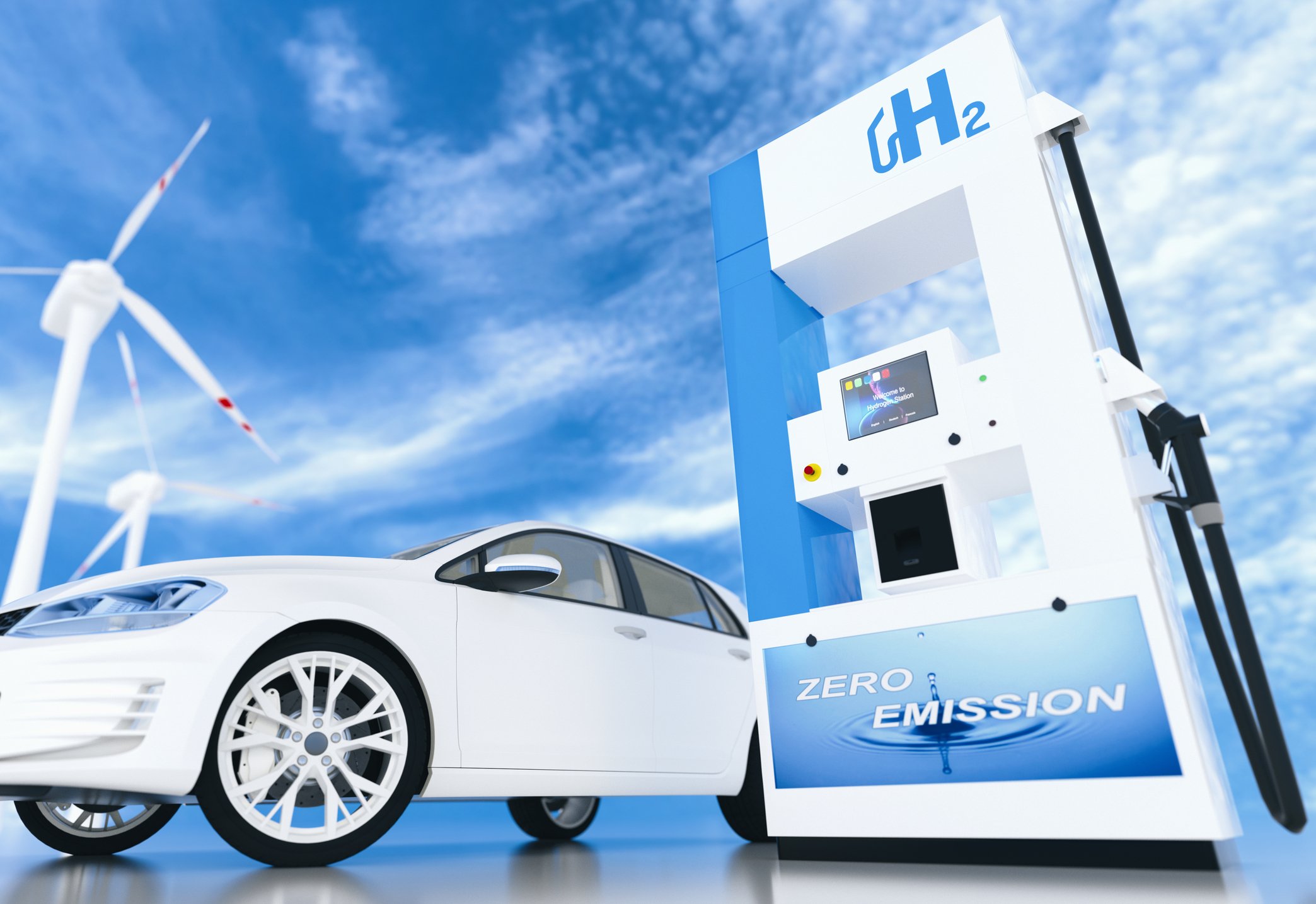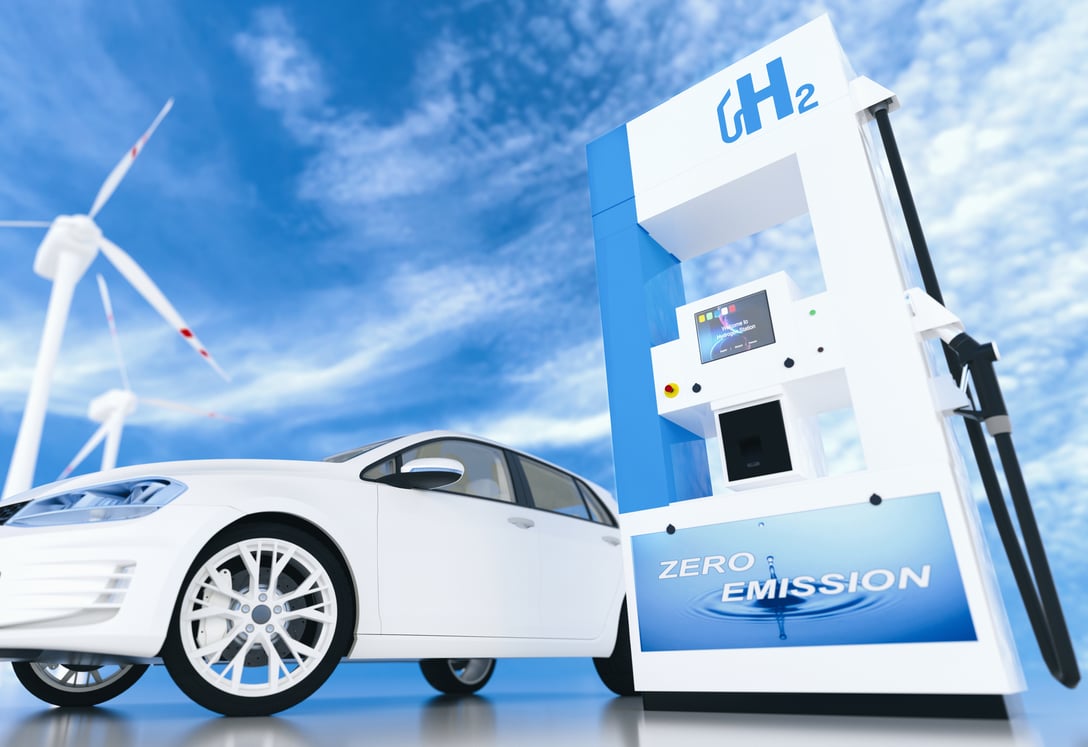Why the zero emissions pathway will lead to a green future
The creation of a new taskforce that will map out the mobility sector’s desired direction via a clear Zero Emissions Pathway got Intertraffic thinking. How will the goals set out by the Taskforce be achieved across the world? Experts from the USA, South Africa and Australia provide a fascinating insight into the different continental approaches.
Following a strategic review to coincide with the Zemo Partnership’s 20th anniversary, the not-for-profit organisation, whose mission is to drive ‘the decisions today that result in practical changes for a cleaner, more sustainable transport world tomorrow’, announced the creation of a new Zero Emission Mobility Taskforce.
The Taskforce aims to become a leading authority on the policies and pathways needed to achieve a successful transition to net zero road transport in the UK. Progress towards the targets will be benchmarked and monitored through the creation of a series of Zero Emission Mobility Roadmaps. So the UK has a failsafe method with which to monitor its progress, but what about other territories around the globe?
Intertraffic spoke with three sustainable mobility experts based in South Africa, the US and Australia (or more specifically Johannesburg, Gauteng; Berkeley, California; and Brisbane, Queensland) and asked them what their local version of a Zero Emissions Pathway might look like and how their respective regions are going about achieving it.
THE VIEW FROM… CALIFORNIA
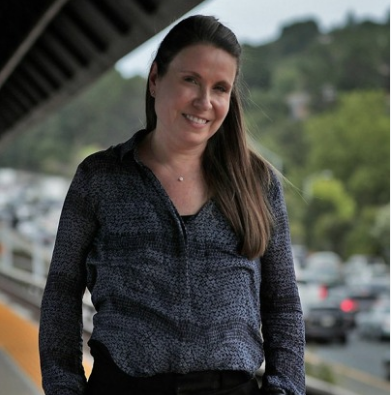
Professor Susan Shaheen, PhD, is Director of Innovative Mobility Research at the University of California at Berkeley’s Transportation Sustainability Research Center and a member of the California Air Resources Board (CARB).
“California has been a leader in adopting climate legislation, starting with this very famous piece of legislation, AB 32. There is a suite of policies under the umbrella of AB 32 and within it, you have different policies and the one that is relevant to this discussion focuses on Advanced Clean Cars (ACC) within which is a mandate to get to zero emission vehicles by 2035. This means no more sales of internal combustion engine vehicles in 12 years’ time.
Within this context, however, it goes beyond just cars. We have truck regulations under the auspices of Advanced Clean Trucks (ACT) and just before I joined the board we approved the Advanced Clean Fleets (ACF). ACT is really focused on making sure you've got the propulsion technologies; ACF is essentially creating the market for that. We also have the clean transit component, which was adopted previously. There's a suite of policies including one that focuses on smart growth and I believe there are approximately 14 other states that follow California’s policies. There are, of course, some European countries that have proposed similar and in some cases more aggressive policies to California in this regard, but I think that certainly as far as the US is concerned, California has honestly led the way.”
So what's the aim? How strong is California going to be on the 2035 milestone and what are the consequences if it doesn't happen?
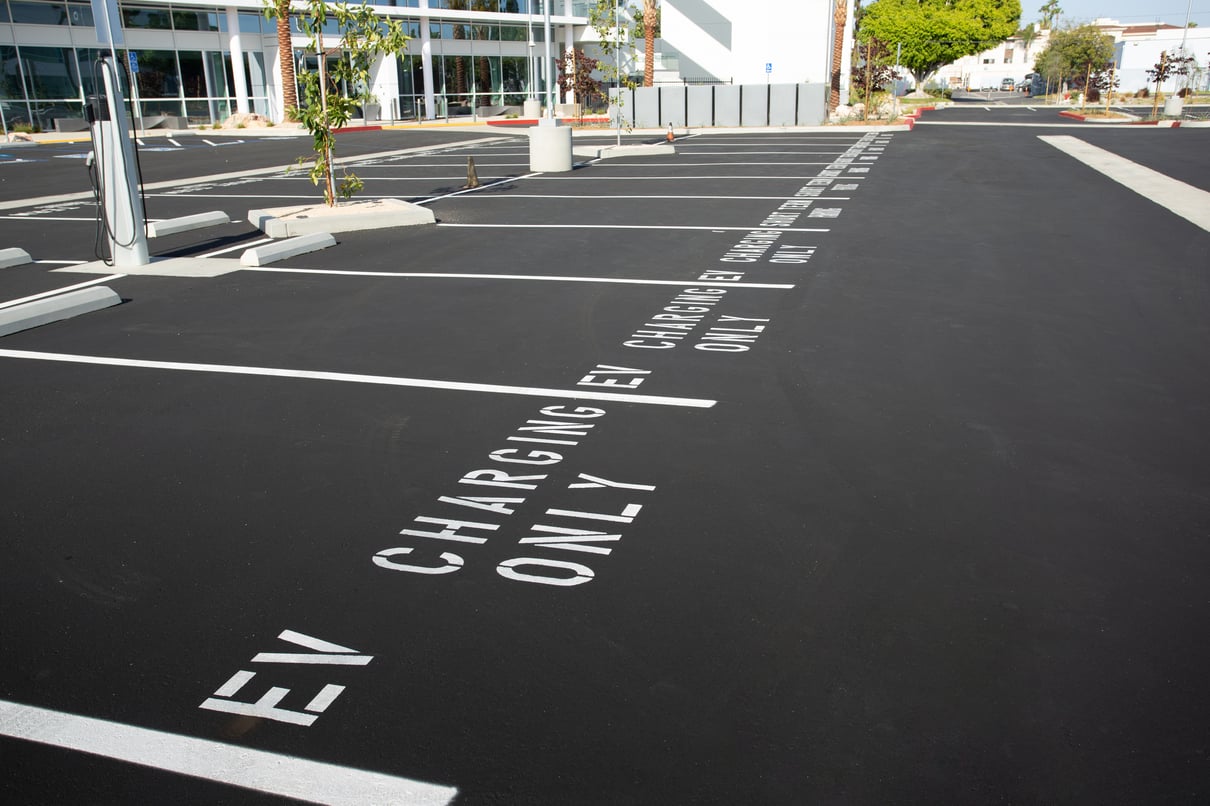
“This is a really great question. I was at a conference this summer where there was an excellent briefing on the approach of Europe and I had a number of experts saying that they thought Europe was going to back off on 2035, as London has just announced earlier today. So what does CARB do when it sets a policy and a regulation? It's written that they will be revisited from a technology review standpoint, typically something like every five years.
California has a suite of policies including one that focuses on smart growth. Some European countries have proposed perhaps more aggressive policies to Californiabut I think that certainly as far as the US is concerned, California has honestly led the way.
Technology review processes are part of this… but is the grid ready? Is the vehicle technology ready? Is the market ready? Are the incentives there? A lot of analysis goes into it and these briefings can occur on a fairly regular timeframe. And there's also ‘off ramps’, so if we need to amend a policy there's opportunities for the board to do this.
What’s top of the list at the moment is the low carbon fuel standard. Part of what we are doing is revisiting a policy that was adopted 15-plus years ago. It's been revisited since then but we’re revisiting with the benefit of what we know now from the policies that have been implemented. Are we achieving the emission reductions that we need in order to keep on track with our goal of hitting carbon neutrality by 2045?
In terms of our targets, I believe that earlier this year California passed a significant milestone where we exceeded the targets that had been set for the sale of electric vehicles. This is really encouraging but the infrastructure question is one that presents a challenge for anyone that has relied on petroleum. How do we supply the energy for the charging? Solar power would be much more in line with it the notion of net neutrality, but where are we going to store the power?
Earlier this year California passed a significant milestone where we exceeded the targets that had been set for the sale of electric vehicles.
This is one of issues that that we're working out when it comes to truck electrification in particular. Do we have enough substations and gigawatt facilities? The answer is no. So how, how are we going to build this out? How are we going to ensure that the infrastructure is there that's going to meet the demand? There’s a lot of people working on trying to understand issues of access or underserved populations and are they going to be able to charge their EV if they don't have access to a garage? Is there enough fast charging infrastructure? What's the cost per kilowatt/hour? There are just so many questions.
Finally, there's a lot of money going in to supporting a clean grid. The Inflation Reduction Act is bringing a lot of funding in for hydrogen (I’ve been driving hydrogen vehicles for at least 15 years) and for charging infrastructure. Many states, including California, are putting additional dollars into this and into incentives for charging infrastructure. This is a big inflection point in terms of the shifting of how we fuel transportation. It's going to take a lot to make this transition happen and to get there, but there are a lot of signs that we have the financial ability to start building this out.”
THE VIEW FROM… GAUTENG

Dr Paul Vorster, PhD was the founder of ITS South Africa and its sole CEO in the 22-year existence of the organisation before it formally closed its doors earlier this year. He is currently the MD and CEO of Corporate Communication Concepts (Commcepts) and is a world-renowned expert in Smart Mobility and Connected & Autonomous Vehicles.
South Africa’s unique approach to mobility in general and sustainable mobility in particular is reflected in its attitude towards electric vehicles (EVs), especially as EVs are considered just one part of a sustainable transport solution that is referred to as New Energy Vehicles (NEVs).
“We want to achieve a move towards zero emission. The tool can be one of many things: roar to rail, private to public, promoting active or non-motorised transport, migrating from internal combustion engines (ICE) to EVs or less polluting, less energy-intensive vehicles. So our view is that EVs are a technology, not a solution or it's a tool and not a solution and for that reason, we say we are developing New Energy Vehicle (NEV) strategies. The reason being is a lot of R&D has gone into EVs but that is not to say that in due course, hydrogen will not become a major competitor.
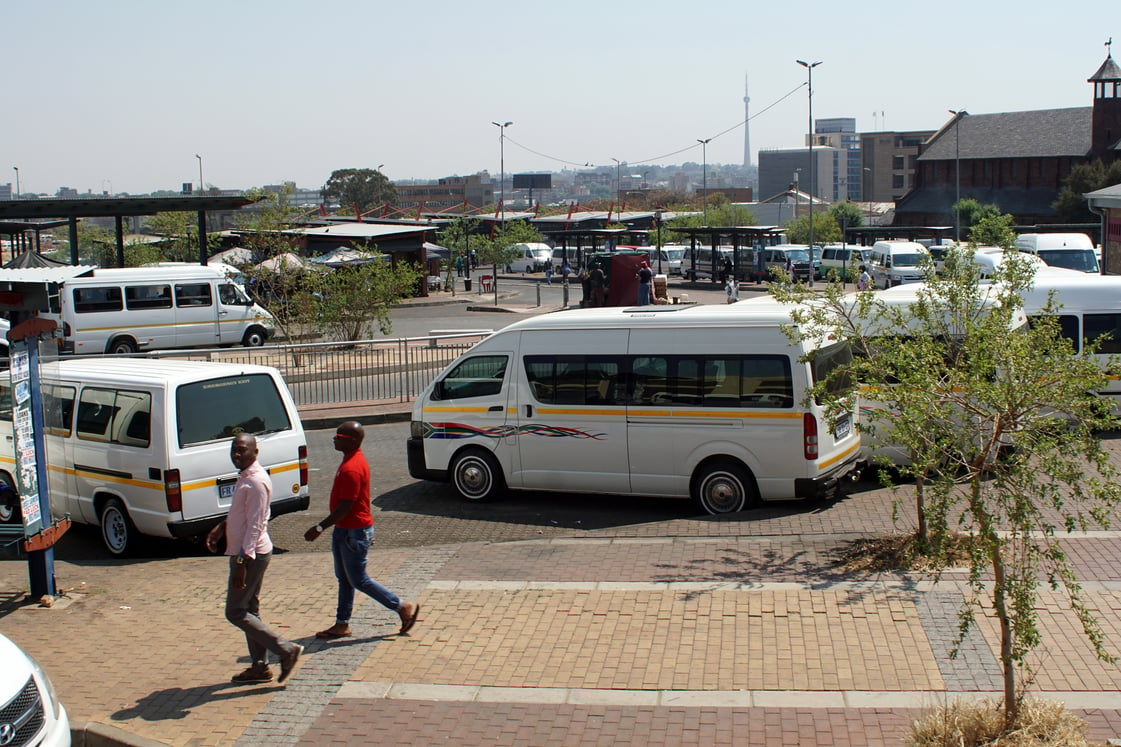
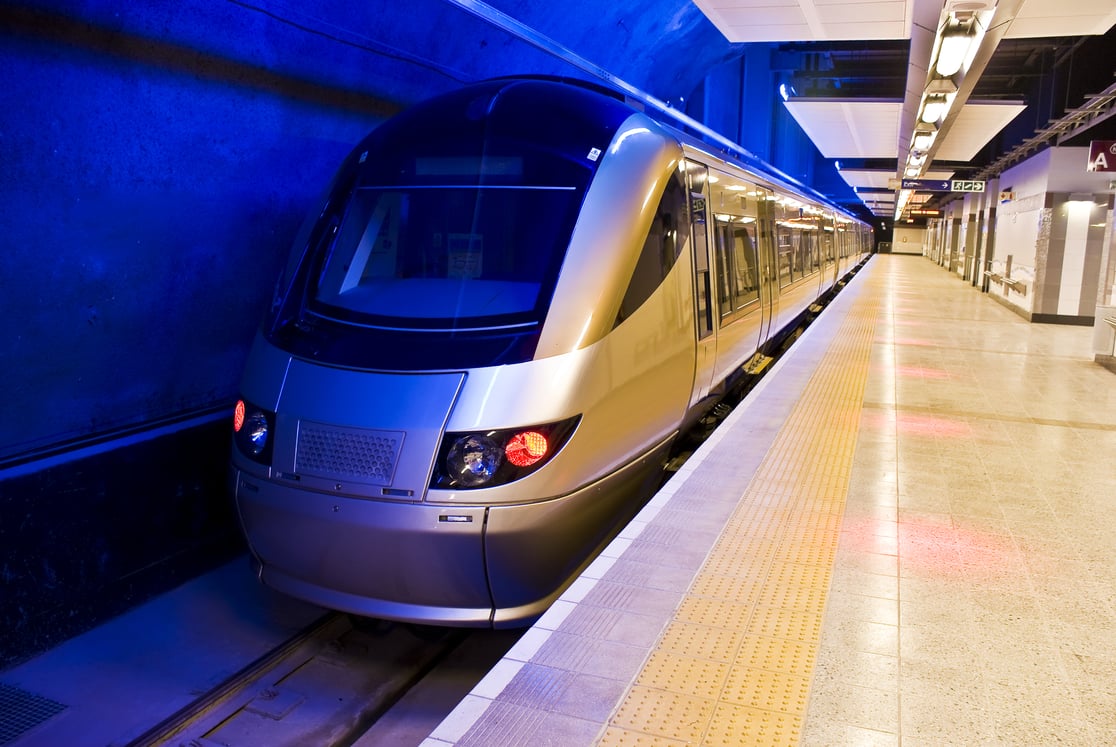
From a personal point of view I believe we should have EVs and hydrogen. We must not bind or commit ourselves to a particular technology, hence our mindset is for New Energy Vehicles. We are in the background and we're developing a lot of things in terms of hydrogen. One of the main pillars of the South African economy is manufacturing and within the manufacturing sector our automotive industry is a major player. If we can migrate and develop from ICE to NEVs, whether it is electric or hydrogen, we’ll be firmly on the Zero Emissions Pathway,”
In our view EVs are a technology not a solution or they are a tool and not a solution and for that reason, we say we are developing New Energy Vehicle (NEV) strategies.
How do you define the term “seamless mobility” in South Africa?
“That's actually a very difficult question to answer and it’s becoming more difficult. The one reason for that is to have seamless mobility you need to have formalised transport systems where there is an authority with a management system and a business plan. You also have to have a technology system that you can sit around a table and assess. What is the win-win situation? What are the obstacles? How do we overcome those obstacles? What are the technologies that we can deploy? And how do we achieve the goal of integrated, seamless mobility as an outcome for all of us?
Technology-wise, it is relatively easy but the devil is always in the detail. In the case of South Africa, we have three main clusters of transport. One would be the private vehicles owned by an individual that drives his or her car to and from work, for leisure, family, whatever, and that is a that is a huge pool of the transport sector. Then you've got the sector that is active transport, and by that I mean pedestrians and bicycles and lastly we have the public transport sector. If we can achieve better seamless mobility, we can entice more people out of their private cars and into public transport.
In South Africa's case, and this is probably mirrored in the rest of Africa, the minibus taxis (matatus) make up about 70% of all public transport ridership but these informal, cash-only (largely) demand-responsive minibus taxis are not an organised sector or run by an authority. The owners or these vehicles have anywhere from one to 20 minibuses and although they might belong to a regional association, it’s not a business entity. The bulk of passengers are therefore moved in an informal transport system. It’s estimated that there are 150,000 minibus taxis operating in South Africa.
The minibus taxis [matatus[ make up about 70% of all public transport ridership but these informal, cash-only, demand-responsive minibus taxis are not an organised sector or run by an authority.
On the formal transport side, Gautrain [Gauteng Province’s 80km high-speed express commuter rail system] uses an EMV payment system. When Gautrain was launched in 2009 the concept of seamless mobility and integrated ticketing was not yet available. Now we are at the point where there's a lot of work being done to achieve seamless integration between the formal operators. You cannot go to the minibus taxi industry and talk to them about creating seamless mobility as it’s not a single entity – there isn’t a “them”. This makes the concept of seamless mobility a lot more difficult to achieve than it would be in Europe or North America, for example.
Seamless mobility implies multiple trips and the handover of a passenger to the next operator. The matatu minibus taxis wants to ‘own’ the rider for the longest possible part of the trip because he is incentivized in terms of the fare price. They don't want to let the passenger go and watch them get on a bus – they would much rather compete for that passenger with a bus on a trunk route.
In terms of incentives the minibus taxi driver that collects the money will not declare all the cash to the owner, so there is an incentive for him to pocket some of the fare. And that is why a taxi driver will drive on the pavement. He will skip traffic lights, he will try and fit in an extra trip because that that is a direct financial incentive to him.
The owner might want 20,000 rands (€1000) per day from a driver. That is the owner’s estimate of the ridership on that driver’s corridor. Only when he achieves that target will he get paid. If he can fit in an extra trip then he can pocket that difference. Our challenge in South Africa is that we can do seamless mobility on the formal side of the transport network, but we are not anywhere near to converting the informal matatu system to a seamless, MaaS system. There are just no incentives for them to do so as they are so used to flying under the radar.”
THE VIEW FROM… AUSTRALIA

Paul Glover is the former Program Director for Transport for New South Wales, ITS Section Manager for Main Roads Western Australia and Smart Transport Systems Director for GHD in Sydney. Having held similar positions in his native UK and the Middle East, Glover is perfectly positioned to comment on Australia’s approach to the Zero Emissions Pathway and compare it with that of other countries.
“The first thing to recognise is Australia's place in the world, and by that I mean, geo-referencing where it is physically and what it has in terms of natural wealth, such as iron ore and coal and it is a major player in the mining, oil and gas industries. It is also rich in derivatives for lithium and other components of EV batteries.

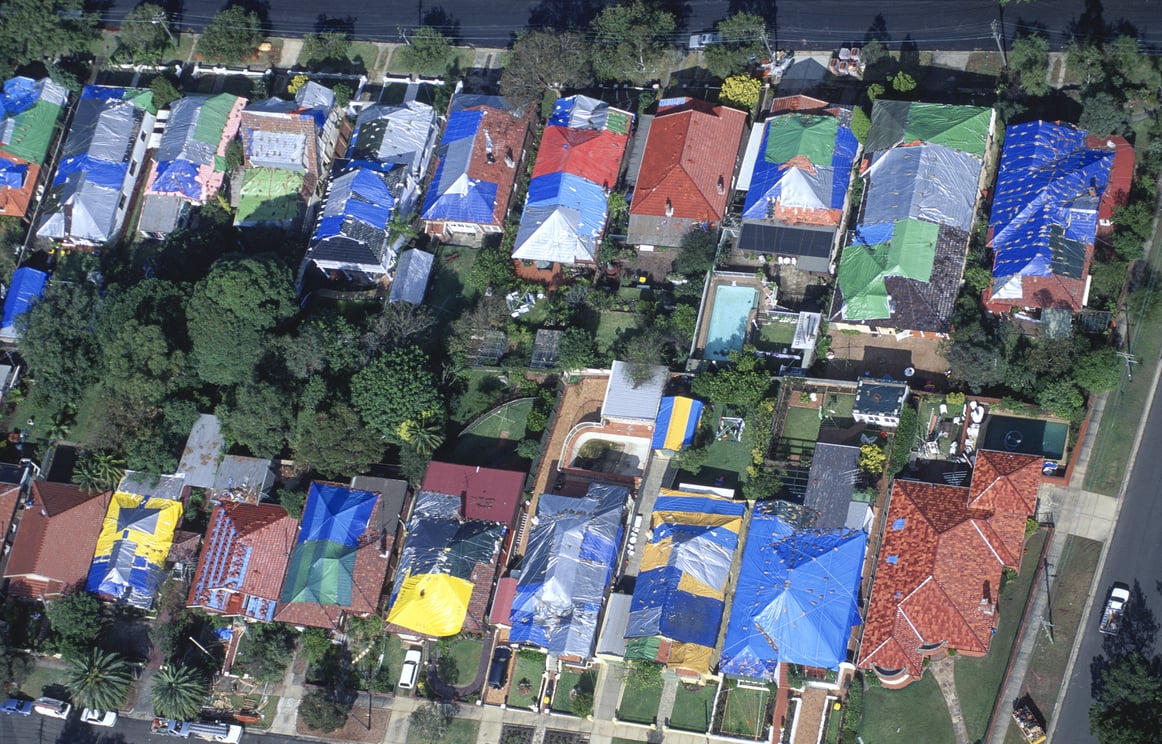
The dichotomy for everybody trying to move towards zero emissions transport is that Australia is still using coal-fired power stations. So whatever you do in terms of low- and zero-emission vehicles you are really fighting against that backdrop of an economy that relies on those raw materials. Historically, people have tended not to focus on that. The reliance on the use of the private car and the truck is huge, largely because the rail infrastructure is poor. Air infrastructure and sea ports are very good but it's if you're passenger or you are moving freight, it's expensive. The efficiency of air transport has increased immensely, and especially around noise and emissions, but the rest of transportation have not kept up.
The dichotomy for everybody trying to move towards zero emissions transport is that Australia is still using coal-fired power stations.
There's been a big change through COVID and the lockdowns and a notable take-up of active transport and what I would call semi-active transport, which is electric scooters and electric bikes and things like that. might as well look at alternative means of transport as it is.
When we started ROMANSE (ROad MANagement in Southampton and Environs) in the UK in the 1990s it was always about do you need to travel? Can you travel? Can you give me information? Can you travel via another route? Can you travel at another time? Can you travel via another mode? All those questions still stand today. Those are the options available to people. The modes have changed quite significantly, because back in the day, we didn't have rideshare services, you know, the Ubers and so on, so your choice was limited. But everything has changed and with a huge increase in homeworking we all know now that there's not a profit-making public transport system in the world that can hold itself solely on farebox revenue.
In terms of Australians changing their travel habits and their car purchasing habits, there are a few pilot projects in the major cities designed to get people out of their cars. These include wireless charging at bus stops and some projects using catenary charging, but the whole of that market is incredibly immature in the context of supporting the change over the next 10-20 years. That's where the end sprint needs to be made, and they're hoping that some investment might be forthcoming.
One interesting thing of note is that a lot of McDonald's outlets in Australia are putting in electric vehicle charging stations just to get people into their restaurants.
One interesting thing of note is that at a lot of McDonald's outlets in Australia (and let’s be clear its infiltration into people's diets can’t be underestimated) companies are putting in electric vehicle charging stations just to get people into their restaurants. However, there’s invariably a delay in the rollout of that infrastructure because the substations and the grid system can't cope with it.
There are changes happening, though. Tesla is now the most popular car in terms of sales, so people are now thinking of EVs as a viable option as the cost of living is going up, inflation is going up and, like everywhere else in the world, mortgages are going up. If the incentive is there (and it’s somewhere in the region of AUS$3000 from the government) then people will do it. Australians, and this is a bit of generalisation, don't tend to move home very often. They buy a plot of land, they build a house, they stay there forever. They set up their own infrastructure and everything that enables them to live that typically Australian outdoor life, but with the downturn of the economy after COVID-19, with the aforementioned inflation and everything else, plus the incentives given by the government to try and meet the targets of the climate change agenda, it's starting to change slowly.
Tesla have changed their pricing regime for Australia to bring it down below the previously unwieldy tax threshold, plus the second-hand EV market is picking up and as batteries improve and range anxiety starts to become a thing of the past, all these factors considered together means that battery-powered, low- or zero-emissions vehicles are becoming increasingly popular.”
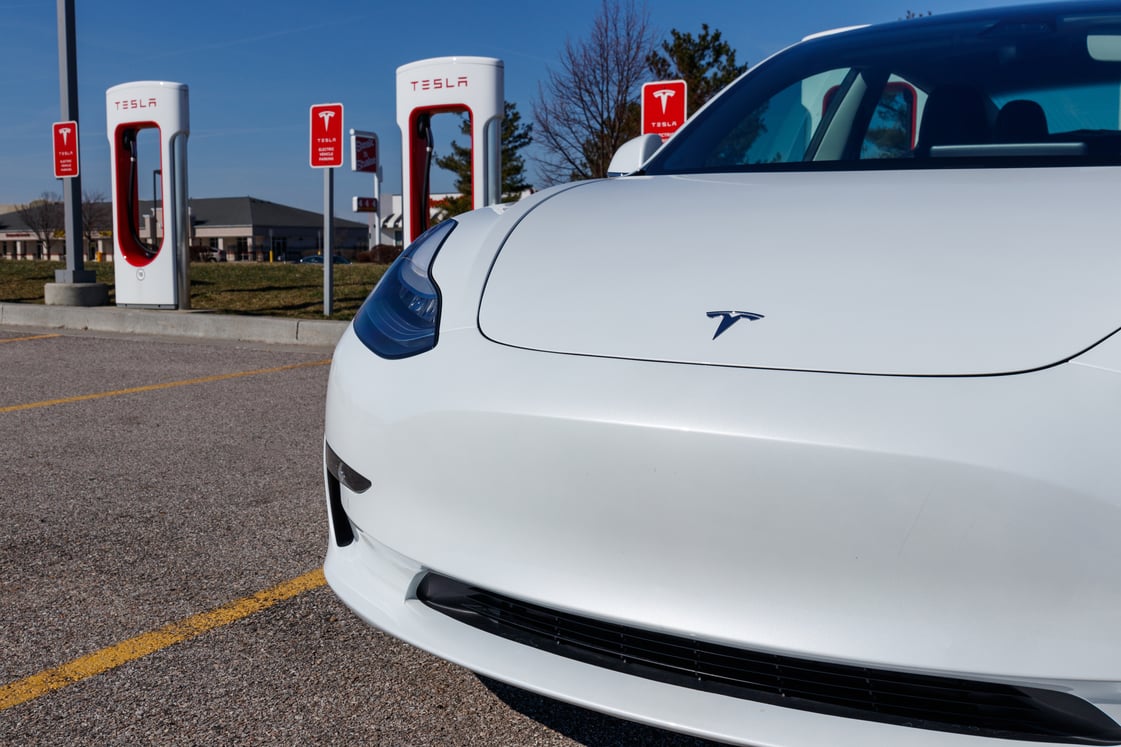
SOCIALS
X
“There’s a lot of people working on trying to understand issues of access or underserved populations and are they going to be able to charge their EV if they don't have access to a garage?” – experts from South Africa, the US and Australia on how their countries are pursuing a Zero Emissions pathway
FB
After the UK published its intentions to head along a Zero Emissions pathway for mobility, Intertraffic spoke with sustainable transport experts from Africa, North America and Australia to discover how other parts of the world are addressing this vital issue
Insta
Zero Emissions transport systems are the ultimate goal for continents, countries and cities across the world, but how are they going about it achieving it?
Related content:
Share your story
Do you have an innovation, research results or an other interesting topic you would like to share with the professionals in the infrastructure, traffic management, safety, smart mobility and parking industry? The Intertraffic website and social media channels are a great platform to showcase your stories!
Please contact our Sr Brand Marketing Manager Carola Jansen-Young.
Are you an Intertraffic exhibitor?
Make sure you add your latest press releases to your Company Profile in the Exhibitor Portal for free exposure.

